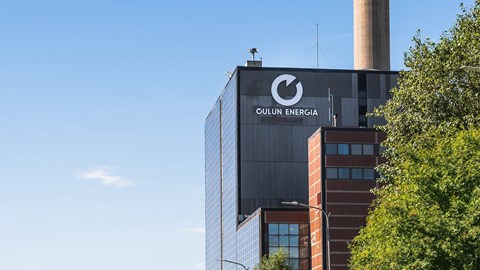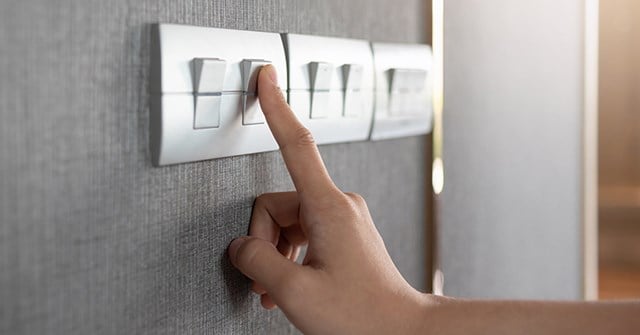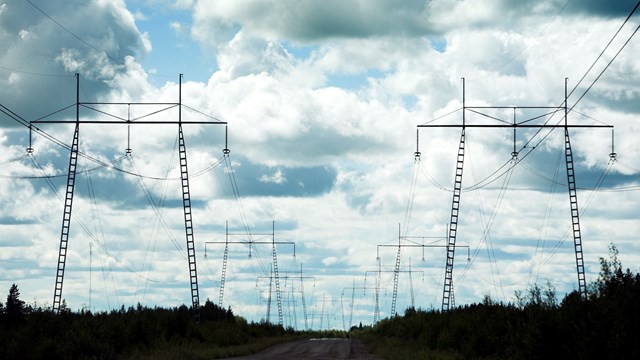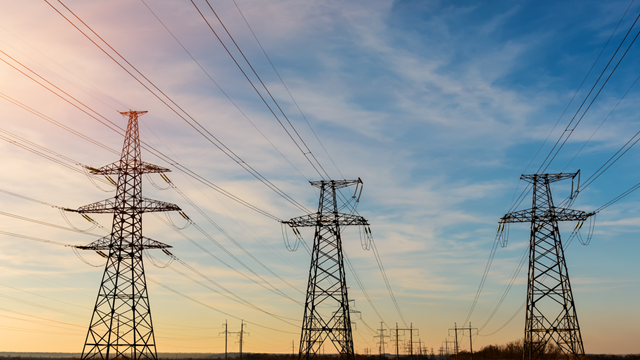Enough district heating in Oulu even in the midst of the energy crisis
Over the last few decades, there has been long-term and sustainable development of Oulun Energia’s production. The development activity and the addition of new energy production modes have been made as part of its carbon neutrality targets, but also to ensure security of supply of energy in all circumstances.
The increased cost of energy and the sharp fluctuations in the price of electricity have also caused concern about the development of the price of district heating. At the moment, Russia’s war of aggression on Ukraine and the resulting economic sanctions on Russia imposed by Europe, as well as Russia’s restriction of gas sales to Europe, is increasing the price of electricity.
However, district heating does not react to the energy crisis as strongly as the electricity market does, as the cost of energy sources used in producing district heating has not risen in the same way the price of electricity has. District heating is produced and sold locally and is not connected to any centralised international exchange, as electricity is.
Local energy sources guarantee sufficient heat
Today, Oulun Energia’s district heating sources include renewable domestic wood and Solid Recovered Fuel (SRF) and peat produced in the region. District heating is produced using local energy sources, more than 90% of which are transported to the power plants from within a radius of less than one hundred kilometers. Energy production is not dependent on just one fuel and when broken down, about 70% of it is completely carbon neutral.
We have worked to accelerate the transition to renewable and circular economy fuels in order to, in addition to making a positive environmental impact, also keep the increase in prices moderate. Production costs of district heating have already been gradually increasing due to the emission allowance fees charged for the use of fossil fuels.
For example, in Oulun Energia’s newest power plant, in Laanila’s bio power plant, about 70% of the energy sources used come from biomass, such as from side streams generated from forestry. The remainder is high-quality Solid Recovered Fuel (SRF) and some peat produced in our subsidiary’s, Syklo’s, circular economy plant.
How should people with district heating prepare for possible power outages?
It is also important to prepare for possible power outages in district heating properties as the distribution of district heating relies on electricity. Electricity is needed for both pumping water into the district heating network and for recycling water in the heating network inside the property. District heating also heats domestic water, which means that domestic water is not available during a possible outage. However, whenever possible, the pumping stations of the district heating network will be kept on during possible circulating power outages in order to restore heat as quickly as possible.
During an outage of a couple of hours, the room temperature does not have enough time to drop so much that it would be necessary to heat residences by other means. However, during the most severe frosts, it is worth preparing to maintain the heat in your home. If your residence has a fireplace, you should take advantage of it, and it would be good to reserve enough firewood for the entire winter.
What to do during a power or heating outage



